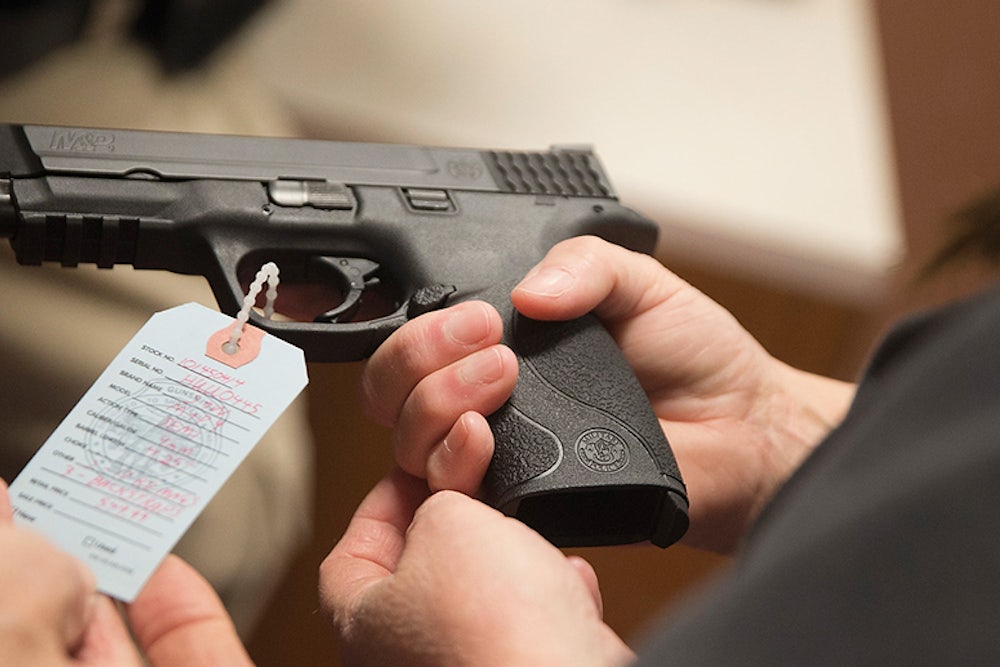The tragic deaths of WDBJ journalists Alison Parker and Adam Ward on Wednesday morning were unusual in only one respect: that the fatal shooting was broadcast on live TV and videotaped by the gunman.
In every other way, the Virginia shooting was one of America’s all-too-familiar acts of gun violence, so common that they rarely make national news. In the last 72 hours, 77 people (and counting) died by firearm. Gun deaths are expected to surpass automobile deaths for the first time this year. The banality of gun violence: it’s so pervasive it’s invisible.
Because of the unique way the Virginia shooting played out on social media, it has rightly received widespread coverage and reignited the national conversation on gun control (a conversation held last month, and the month before). But Parker and Ward are just two of the many victims of gun violence.
Though workplace shootings are rare, it’s common for homicide victims to know their assailants like Parker and Ward did. According to a 2011 FBI report, 54.3 percent of victims knew their killer. A study by the Violence Policy Center found that 93 percent of female victims knew their male assailants. A coworker, partner, friend, family member, or neighbor can be a greater threat than a lone gunman.
Here are just a few of this past month’s documented shootings involving a gunman who knew the victims: In Houston, David Conley brutally murdered his ex-girlfriend, her common-law husband, and six children on August 8. On August 9, a husband in Texas shot and killed his wife and sister-in-law, then took his own life, as four children were reportedly in the home. In Chicago on August 14, a man fatally shot his ex-girlfriend at her workplace before killing himself; according to Chicago police superintendent Gary McCarthy, the man held a concealed carry permit. Their stories are a drop in the bucket of gun violence across the country.
The exact numbers are difficult to obtain, because scientific data on gun violence is political. In 1996, the NRA successfully lobbied Congress to restrict the Centers for Disease Control and Prevention’s budget on gun violence research. That budget remains limited to this day, prompting one doctor to take gun research funding into his own hands.
As we remember Parker and Ward, America prepares to talk about the next horrific act of gun violence. It probably already happened.
